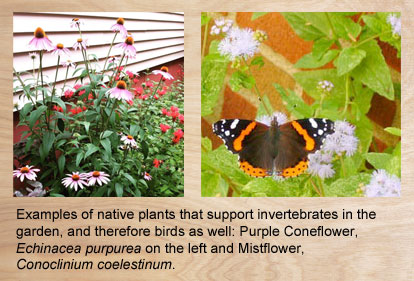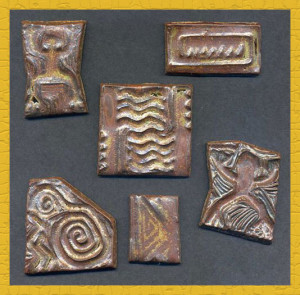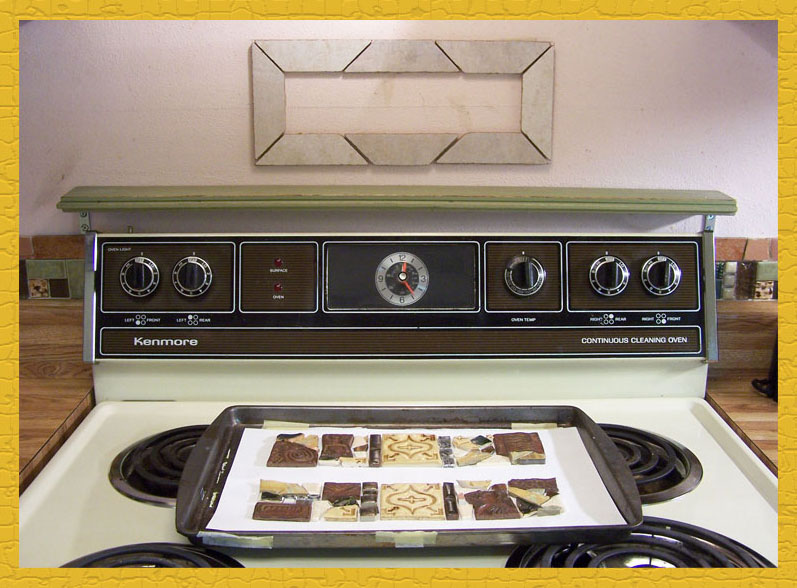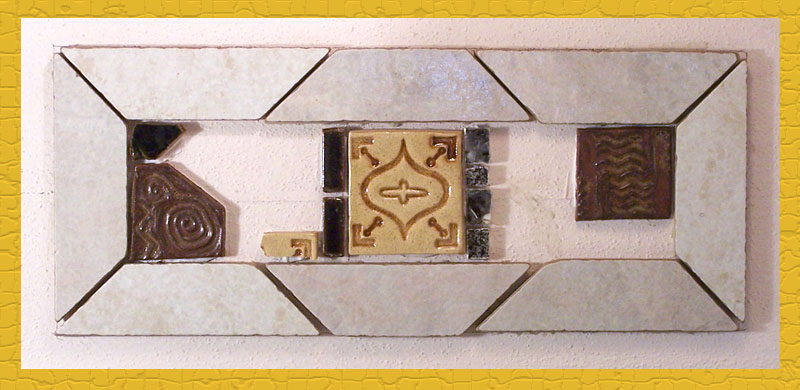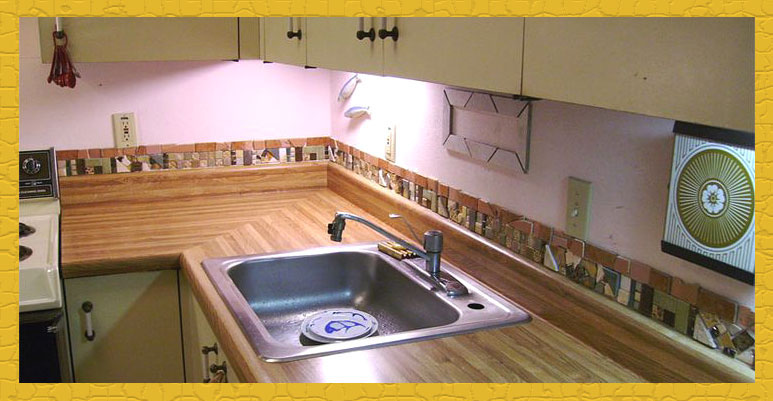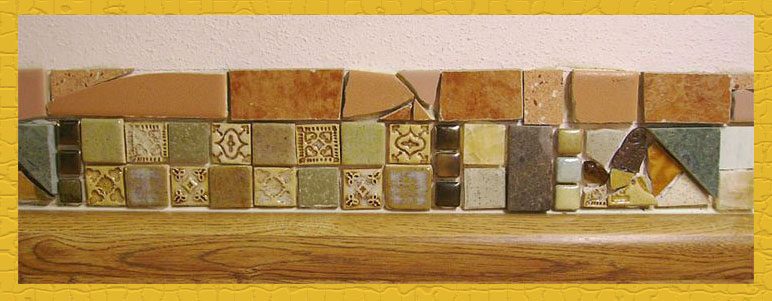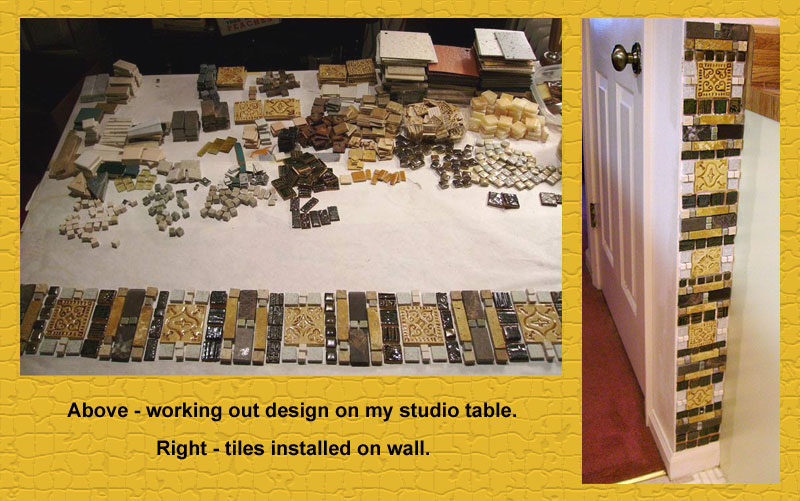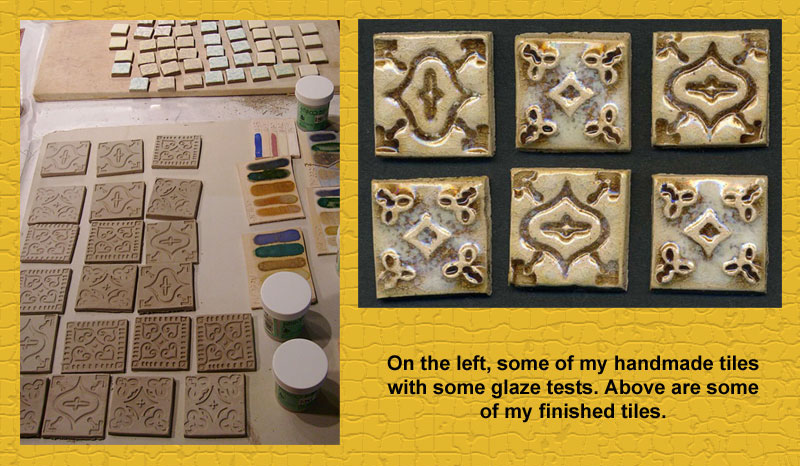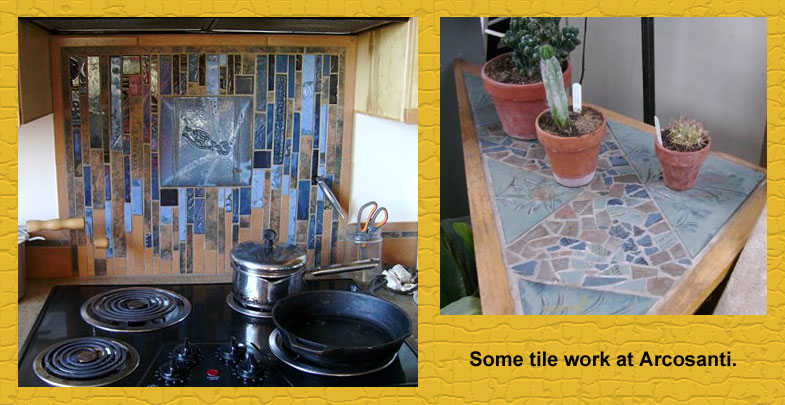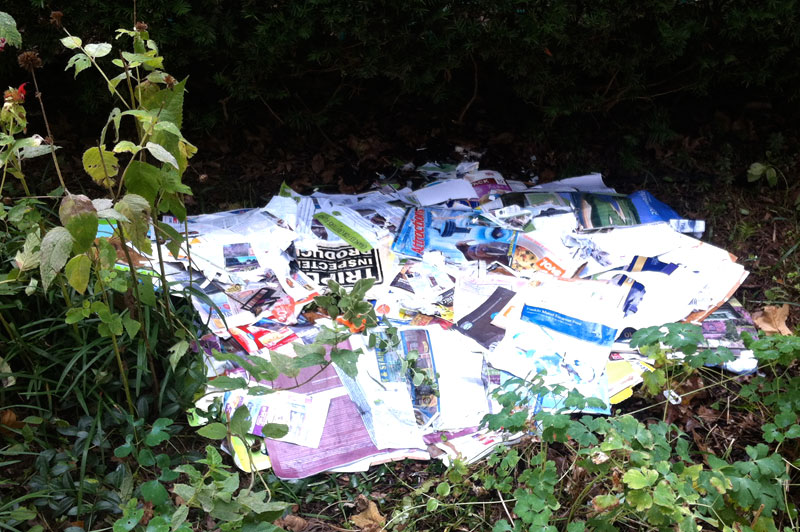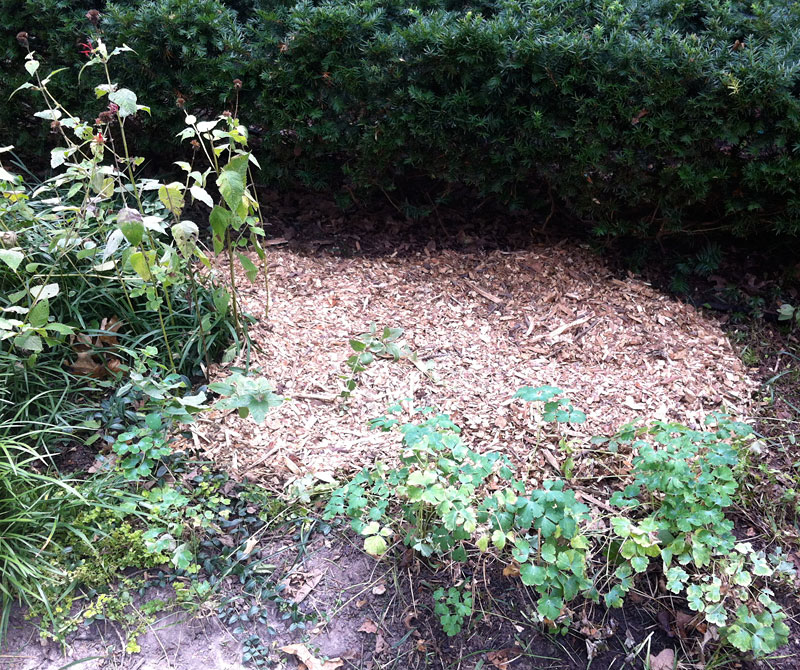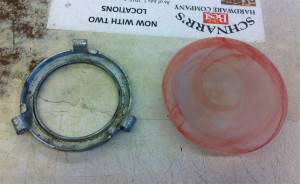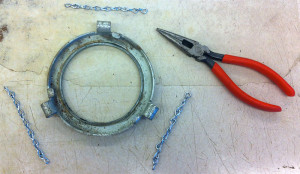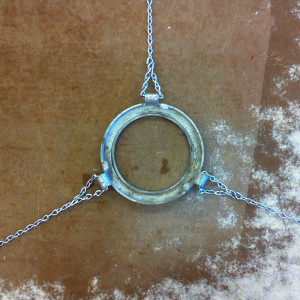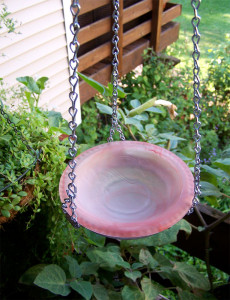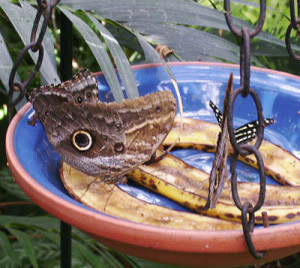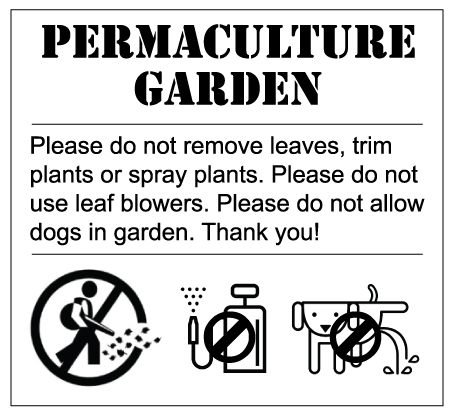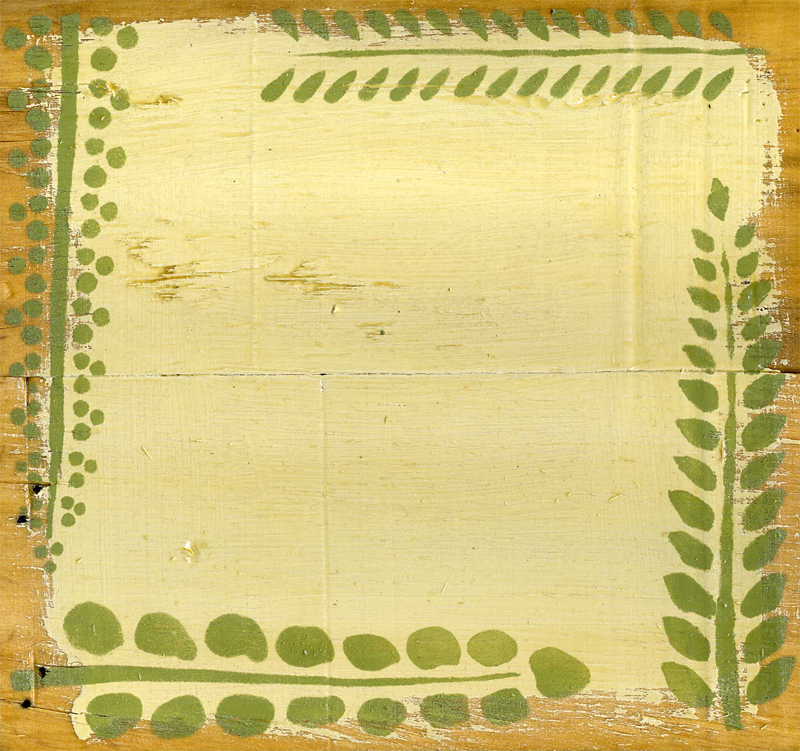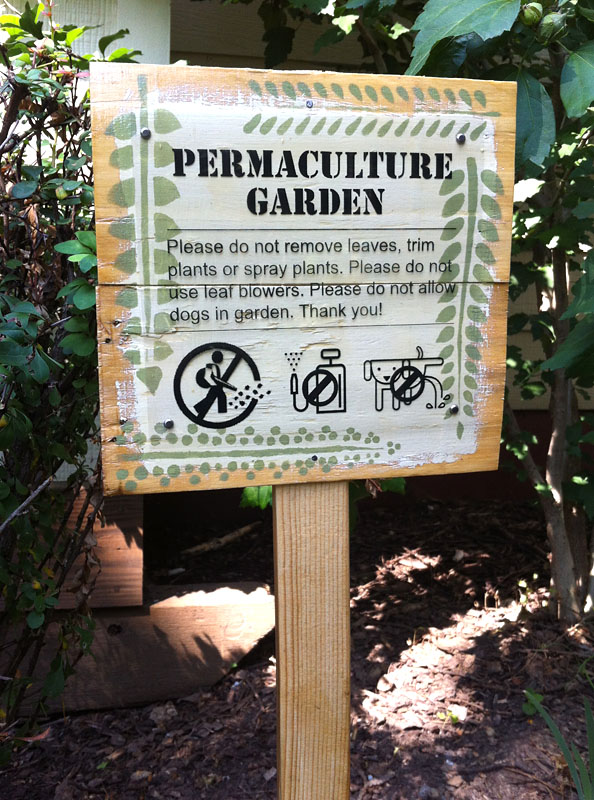Gardening for the Birds
In Feburary, I attended a lecture “Naturescaping: Gardening for the Birds and their Friends”, sponsored by the The Saint Louis Urban Farm & Sustainable Development Group. The speaker was Mitch Leachman, Executive Director of the St. Louis Audubon Society and coordinator of their Bring Conservation Home program.
I’ve been gardening partly to benefit birds for over 10 years now. I’m not allowed to have bird feeders where I live, but I can provide a water feature and plants that help provide food, shelter and nest materials. I also have permission from the Condo Association for a nest box, which was used by Carolina Wrens this past summer. I refrain from using pesticides to help ensure that the bugs in my garden are safe for birds to eat. Like a lot of people, I am also interested in invertebrate conservation, so I have planted several species of plants specifically to be used as host plants for butterflies and as habitat for beneficial insects.
One of the factors that helps birds to successfully raise young is the ability to find food. Seeds and nectar feeders are great for feeding adult birds, but most wild baby birds need lots of animal protein. One amazing statistic that Mr. Leachman shared with us is that it takes the equivalent of 6-9,000 caterpillars to raise one brood of chickadees! That’s a staggering amount of invertebrates. Hummingbirds don’t feed nectar to their young – they feed tiny caterpillars, wasps, bees, gnats and spiders. Clearly one of the best ways to help birds is to learn more about how to co-exist with invertebrates. Some of them don’t need to be controlled and of those that do, there are ways to manage them that minimize harm to other species.
Most of us have been raised to think of all invertebrates as something that must be eliminated from our environment, but if you think of them as bird food, some of them might be acceptable in your yard or garden. “Bird-friendly means insect-friendly”, stated Mr. Leachman. Caterpillars are often tolerated by people better than other insects because they grow into beautiful butterflies and moths. They can be very attractive in their own right. Caterpillars are also excellent bird nutrition – they are soft and have a very high protein content. You can grow caterpillars in your garden with non-native plants as I do with Queen Anne’s lace and Rue, but you’ll get more caterpillars if you plant native plants. Fall is a great time to plant trees, shrubs and perennial plants – if you choose native plants that are used as host plants by moths and butterflies, you will help feed a lot of birds.
Native plants have had more time to evolve with our native butterflies and moths. Therefore, as Mr. Leachman pointed out, native plants can be utilized as host plants by many, many more species of butterflies and moths. To name a couple of extreme examples, Oaks are used by 518 species and Hostas are used by none (yes slugs eat them but no larvae of butterflies or moths use them as a host plant). Large trees, understory trees, shrubs, herbaceous plants and ground covers can all be good host plants, and native plants are available in all of those categories for all growing conditions. Native plants are available at some nurseries – don’t try to take them from the wild because many native plants are endangered along with native birds.
Besides choosing native plants as host plants, here are some other things you can do to make your garden produce more bird food:
- Do less tidying up in the garden – removing plant debris destroys many cocoons and overwintering creatures. If you can’t let leaves, dead plants and other natural materials alone in your whole garden without getting grief from your Homeowners Association or neighbors, try experimenting with an out-of-the-way section to conserve some of the insects.
- Plant fruiting plants that bear at varying times of the year.
- Plant a good variety of species – if plant diversity is low, insect diversity is low.
- Plant large bunches of host plants so they are easier to find rather than scattered individual specimens.
- Care for the total ecology of your garden or yard – the whole food web will be healthier and more productive.
Many common birds in Missouri are in decline – several have lost 60-70% of their numbers in the last 40 years. Feeding and watching birds is the second most popular hobby in the USA after gardening. To make sure there is always a variety of birds to watch, you can make your part of the environment healthier for birds! And you can further help your local bird families with items we have at Schnarr’s, such as feeders, seed, suet, nest boxes and bird bath heaters!
Additional resources:
Create a Songbird Haven with Natives
Landscaping with Native Plants: A Gardener’s Guide for Missouri
Xerxes Society – Invertebrate conservation
What’s That Bug – A good place to look up unknown critters to see if they really need to be controlled or not
Beneficial Insects in the Garden
